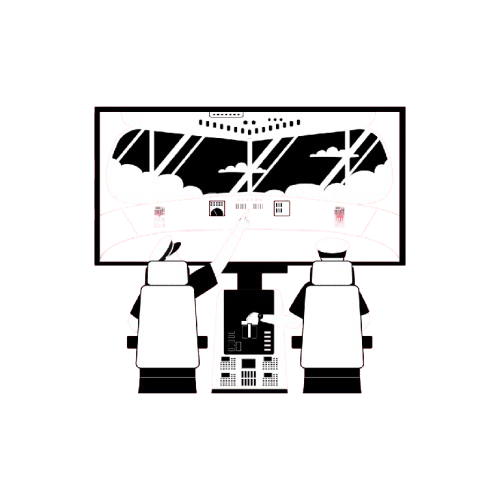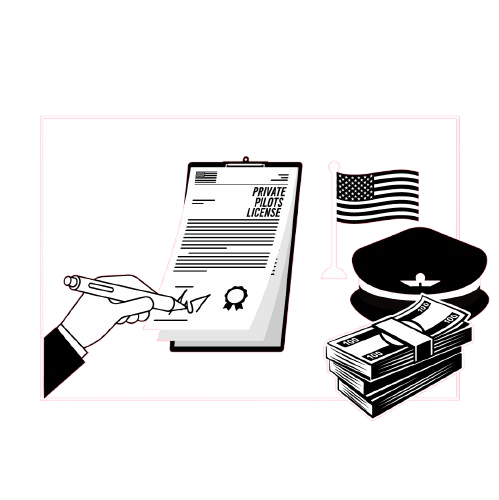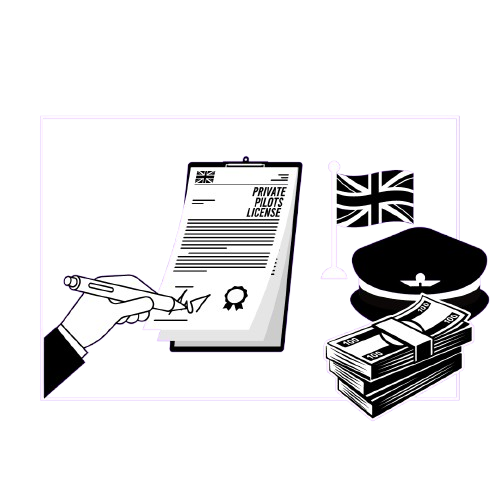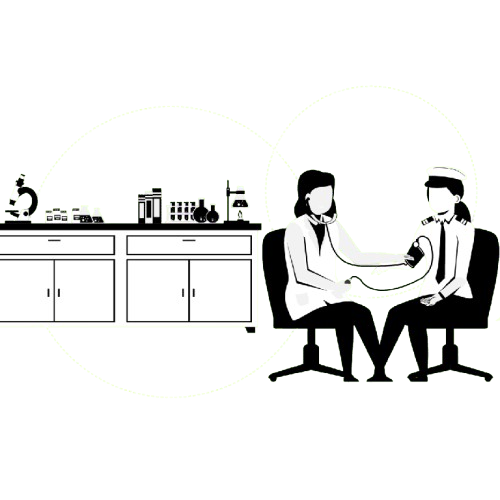Airline Qualification Course (AQC) – Commercial Pilot Training
Ever wondered just what training to become a commercial airline pilot looks like?
This blog post will discuss the Airline Qualification Course (AQC), what it looks like and how to best to prepare so that you can pass your pilot airline training and become a commercial pilot!
This blog post is part of our extensive How To Become A Commercial Pilot Guide. You’ll find a wealth of information about finding the best flight school, different pilot training routes, and passing assessment tests and much more!
What Is The Pilot Airline Qualification Course?
You’re almost eligible to join an airline at this point, but first, you need your MCC (multi-crew cooperation) Airline Qualification Certificate.
You might find that your flight training organisation (FTO) doesn’t include this AQC course, and you may be sent off to another FTO to complete this part of the pilot training.
The course usually starts with a week of ground school, where you will talk about crew cooperation and the non-technical skills required to work in a multi-cockpit environment.
This will be your first time working with someone else in the cockpit and operating a two-pilot aircraft.
The course is hard work, and it’s the first time you will need to learn a set of SOPs (standard operating procedures).
Because you are now working with another pilot, you must keep everything standard by following these SOPs.
Keeping to these procedures is essential as it allows each pilot to know what the other is doing so that they both have the same mental model of the situation.
In addition, one day, you might work in the cockpit with someone whose first language isn’t English.
It is, therefore, essential to keep everything compliant with the procedures, with standard calls, language and phraseology so that everyone can understand.
What Is The Airline Qualification Course Like?
AQC is a difficult phase of pilot training and very intense.
It’s another point in your training where you must put your life on hold for just a few weeks to complete the course to the highest standards.
The AQC can significantly impact how fast you get a job offer and which airlines you are eligible to receive offers from, so be sure to use your time wisely.
It’s advantageous to get one of the large cardboard ‘bombers’ that displays the inside a cockpit and have it with you when you revise.
This means that you’ll have a better understanding of the simulator of the aircraft systems, switches and dials.
Working through the standard operating procedures with your AQC partner is a fantastic way to practise.
I was lucky enough to do my AQC course with one of my best friends, so we went into the process with a solid bond and understanding of how each other worked best.
However, most people aren’t quite as lucky, and you’ll likely be paired with someone you have never met.
Because of this, it makes it even more vital for you to practise together, build a professional working relationship and understand each other’s mannerisms within the cockpit environment.
I thoroughly enjoyed the AQC phase. Operating jet simulators for the first time was a fantastic experience; I finally felt like I was almost an airline pilot!
The Best Way To Pass The AQC And Airline Pilot Training
The best thing about the course is that you get out what you put in. The more time you spend absorbing and understanding the SOPs, the easier the simulator details will be.
Knowing them inside out before you enter the simulator will free up your mental capacity, allowing you to deal with other situations.
It’s like an actor learning a script. If they know their lines inside out, they can focus more on their acting and the delivery of the lines rather than thinking about what they should say next.
In the simulator details, you’ll start by doing the basic things, such as a routine flight from A to B.
As you become more capable of managing the jet and working in a multi-crew environment, the simulator details will become continuously more complex.
You can expect to face some ‘non-normal’ or emergencies that you and your sim partner will need to work together to overcome and achieve a safe flight outcome.
If you go into each detail well-prepared, you will thoroughly enjoy each moment, even the more challenging scenarios!







